The indigenous peoples of Australia, often referred to as “First Nations,” have a deep-rooted cultural heritage that encompasses a diverse range of artistic expressions. In recent years, there has been a significant resurgence of indigenous fashion designers in Australia who are reclaiming their cultural narratives and incorporating them into contemporary design practices. In the final episode in this series we will explore the history of indigenous First Nations designers in Australia, their impact on the fashion and design industry, the reactions they have received, and draw comparisons with similar movements in Canada, New Zealand, and the USA.
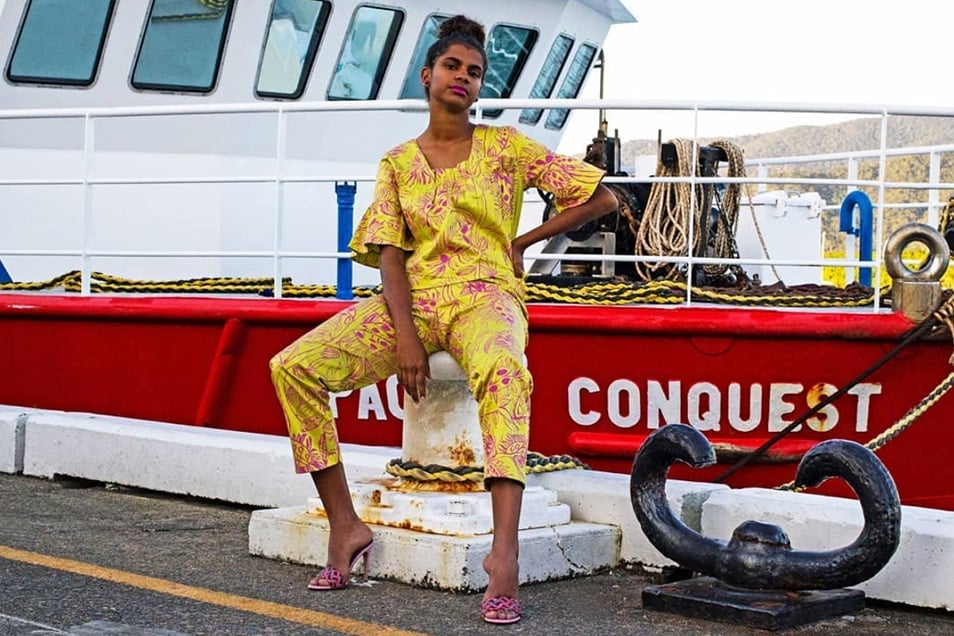
Australia’s indigenous communities have faced a long history of marginalisation, dispossession, and cultural suppression due to colonisation, it’s a shameful and tragic story. Traditional art forms, designs, and techniques were often undervalued or appropriated without proper recognition. However, in recent decades, there has been a timely revitalisation of indigenous cultural pride, leading to a resurgence of indigenous art and design, including fashion. And it’s something that is worthy of attention and celebration.
Indigenous First Nations designers in Australia have played a crucial role in challenging stereotypes, reclaiming cultural narratives, and fostering cultural pride. They have seamlessly incorporated traditional motifs, patterns, and materials into contemporary fashion, creating a bridge between the past and the present. Their designs celebrate indigenous identity, spirituality, and cultural symbolism, while also highlighting issues such as land rights, environmental sustainability, and social justice.
The reaction to the emergence of indigenous First Nations designers in Australia has been multifaceted. While there has been a growing appreciation for their unique contributions, there have also been instances of cultural appropriation and insensitivity. Some designers and brands have faced criticism for appropriating indigenous designs without proper permission or understanding of their cultural significance. However, indigenous designers are increasingly being recognised and celebrated for their creativity, craftsmanship, and their ability to challenge mainstream perceptions.
Some Notable Indigenous First Nations Designers in Australia:
Ngali:
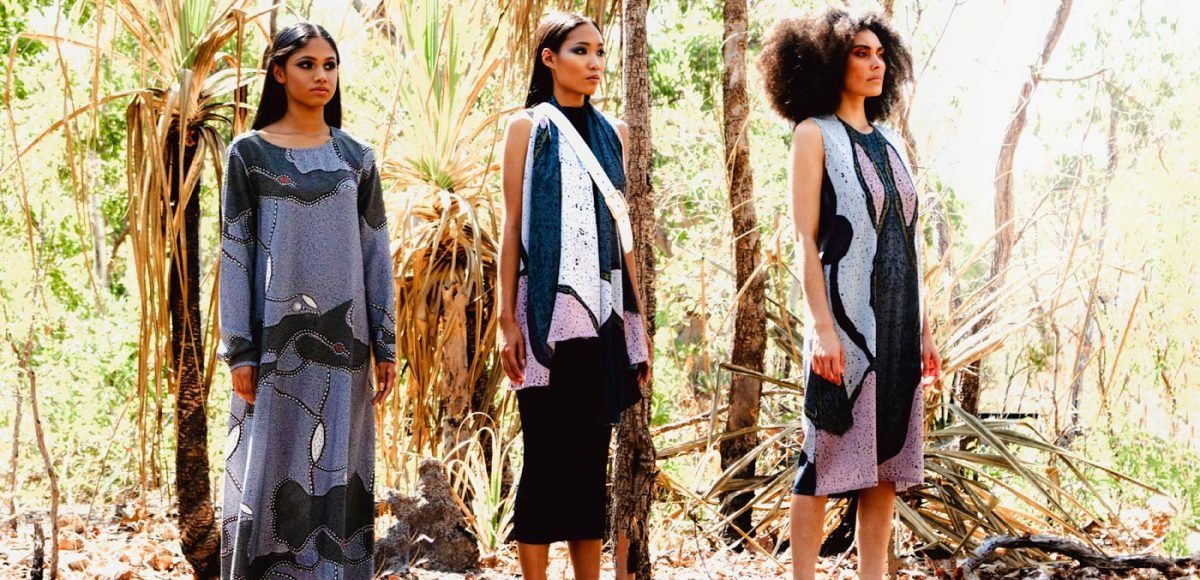
Ngali is a notable brand that has made significant contributions to the indigenous fashion movement in Australia. Founded by Denni Francisco, a proud Kuku-Yalanji woman from Far North Queensland, Ngali is known for its contemporary Aboriginal designs that celebrate cultural heritage and empower indigenous communities. Ngali’s designs often feature vibrant prints inspired by traditional Aboriginal art, showcasing the rich symbolism and storytelling elements of indigenous culture. The brand works closely with indigenous artists and artisans, collaborating to create unique patterns and motifs that reflect the diversity of Aboriginal cultures across Australia.
Denni Francisco’s vision for Ngali goes beyond fashion. She aims to create economic opportunities for Aboriginal communities by providing training and employment to indigenous artists, weavers, and craftspeople. Through partnerships and collaborations, Ngali promotes sustainable practices and fair trade principles, ensuring that the benefits of their work are shared with the communities involved. Ngali has received positive reactions and recognition for its commitment to cultural preservation, community engagement, and sustainable fashion. The brand has been featured in various fashion shows, exhibitions, and media outlets, amplifying indigenous voices and challenging mainstream perceptions of Aboriginal art and design.
By showcasing the beauty and resilience of Aboriginal culture through contemporary fashion, Ngali and other indigenous designers in Australia are not only reviving traditional practices but also creating a platform for cultural exchange and understanding. Their work promotes cultural pride, economic empowerment, and the preservation of indigenous knowledge for future generations.
Ngali represents an inspiring example of how indigenous designers are using fashion as a vehicle for social change, cultural reclamation, and community development. Through their innovative designs and sustainable practices, they are reshaping the fashion industry and challenging conventional notions of what constitutes “mainstream” fashion.
It is so important to recognise and support brands like Ngali as they navigate the complexities of cultural representation, ethical production, and economic empowerment. By doing so, we can contribute to not only a more inclusive and respectful fashion industry, but a more just and unified Australia, that finally values and celebrates indigenous voices and cultures.
Lyn-Al Young:
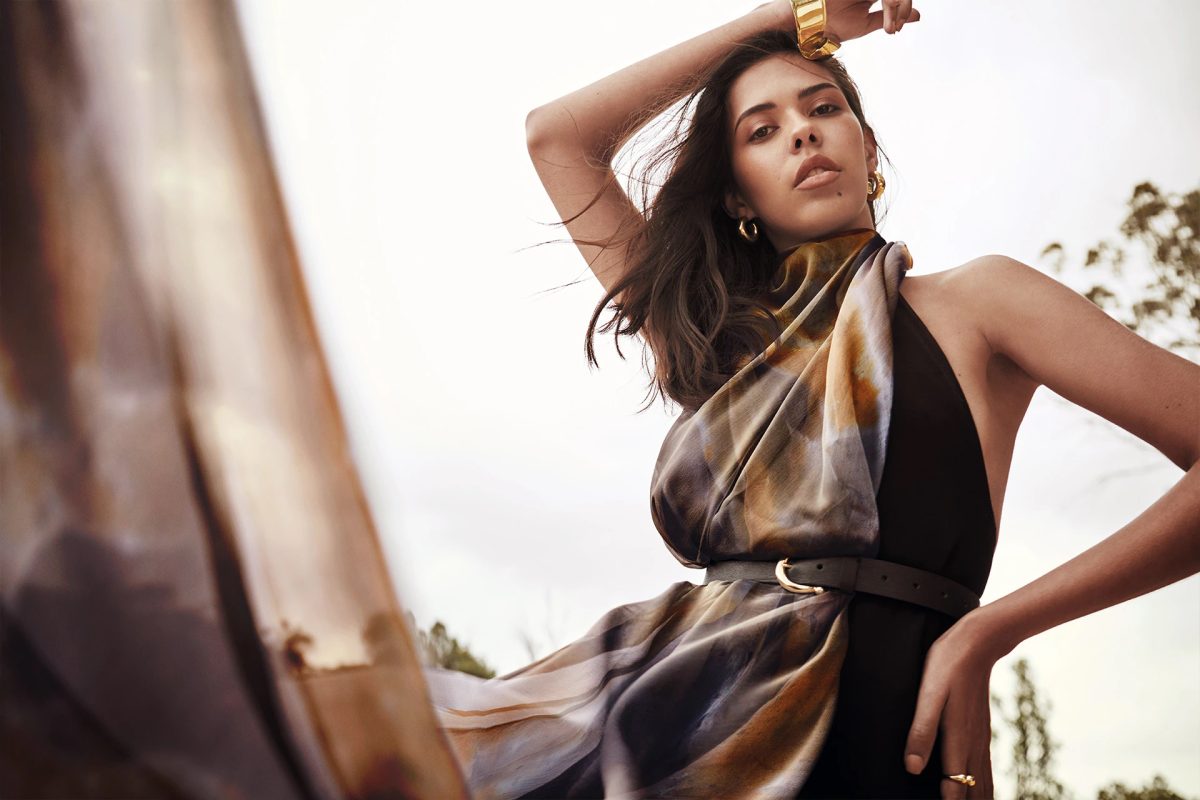
Lyn-Al Young, a Yamaji woman from Western Australia, is known for her contemporary Aboriginal designs. Her brand, Wild Barra, fuses indigenous aesthetics with modern streetwear, incorporating elements such as dot painting and bush tucker.
Grace Lillian Lee:
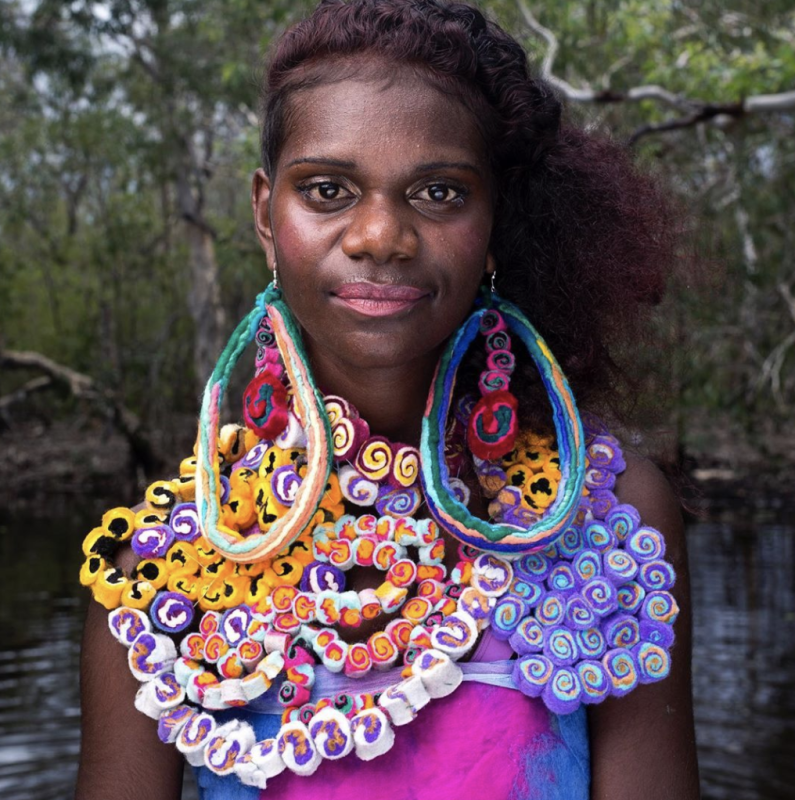
Grace Lillian Lee, a Torres Strait Islander artist and designer, has gained recognition for her innovative designs that blend traditional weaving techniques with contemporary fashion. Her work showcases the beauty and diversity of Torres Strait Islander culture.
Colleen Tighe-Johnson:
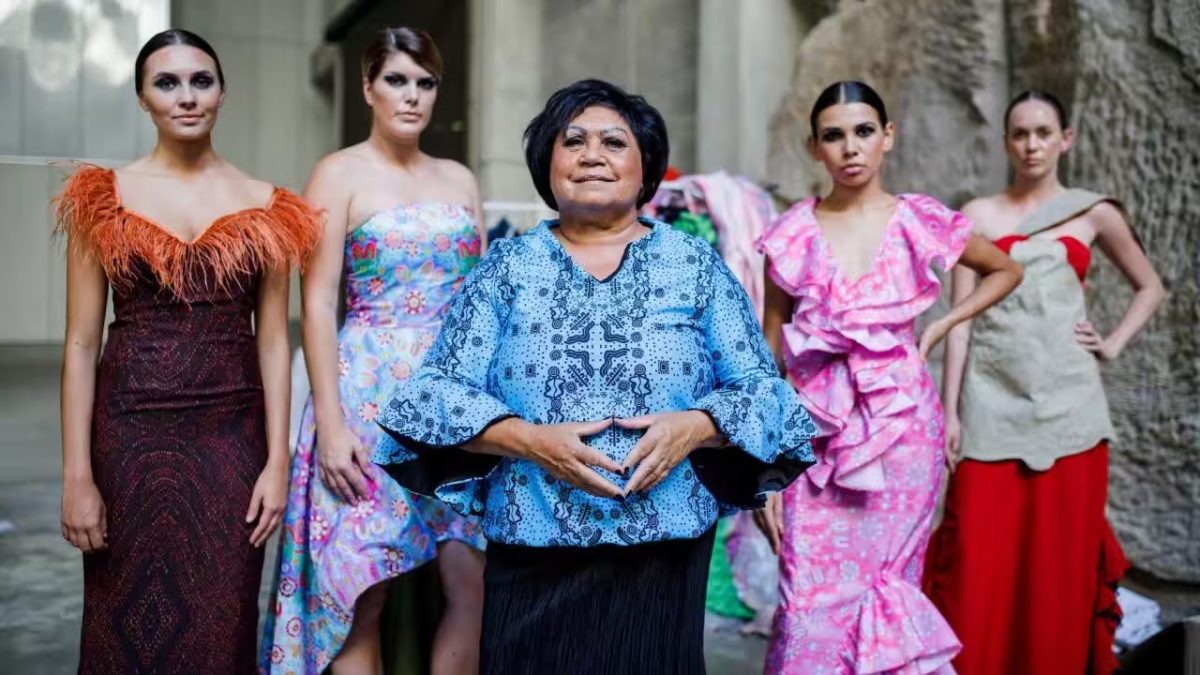
Colleen Tighe-Johnson, a proud Wiradjuri woman, is recognized for her intricate beadwork and jewelry designs. Her pieces reflect her deep connection to country and cultural heritage, drawing inspiration from Wiradjuri storytelling and Dreamtime narratives.
Comparison with Similar Movements in Canada, New Zealand, and the USA:
Similar movements celebrating indigenous art and design have emerged in Canada, New Zealand, and the USA.

In Canada, designers like Sage Paul and my friend Angela DeMontigny have incorporated indigenous aesthetics into their fashion lines, while advocating for cultural resurgence and sustainability. They have been instrumental in reclaiming indigenous fashion traditions and challenging the appropriation of indigenous designs.
In New Zealand, Maori designers such as Kiri Nathan and Adrian Hailwood have made significant contributions to the indigenous fashion scene.

They have incorporated traditional Maori patterns, materials like flax, and weaving techniques into their designs, promoting cultural pride and providing economic opportunities for Maori communities.
In the United States, Native American designers like Bethany Yellowtail and Jamie Okuma have gained recognition for their fusion of indigenous
aesthetics with contemporary fashion.
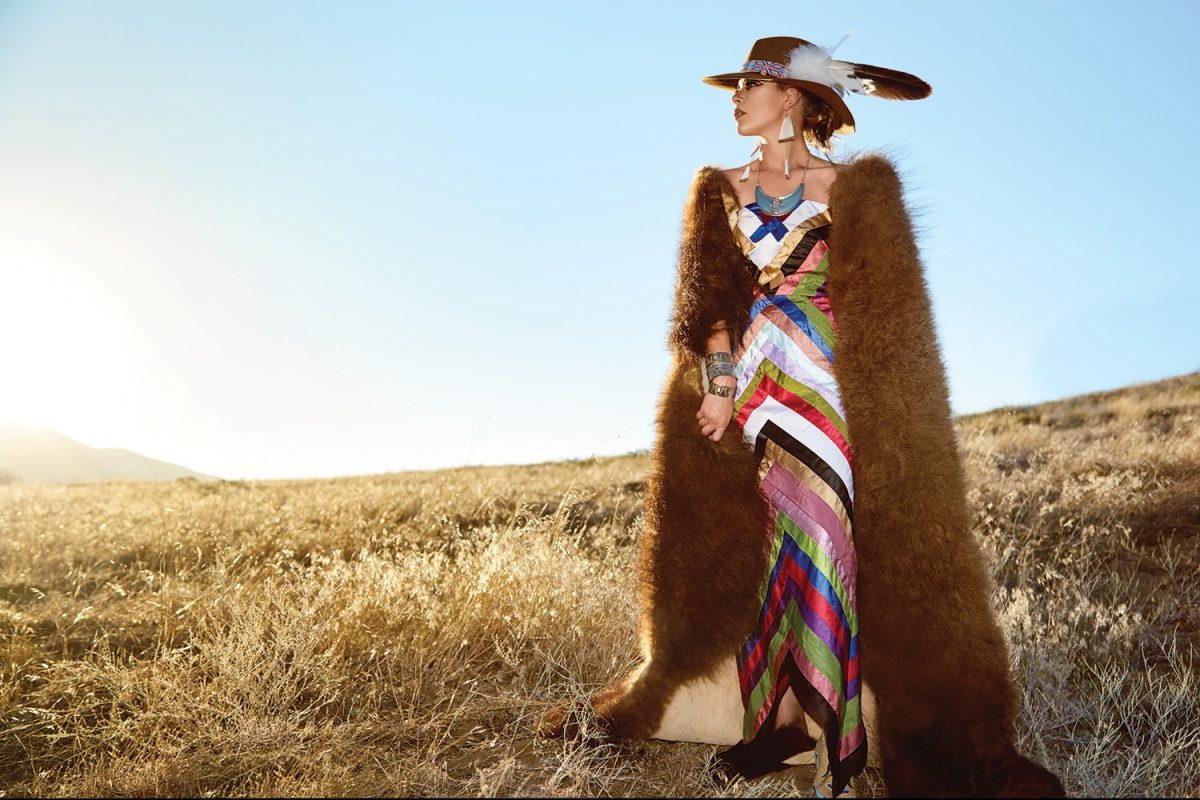
They draw inspiration from their tribal heritage and incorporate intricate beadwork, traditional motifs, and storytelling elements into their designs. Their work not only showcases indigenous creativity but also challenges stereotypes and highlights the ongoing struggles faced by Native communities.
While each country has its unique indigenous fashion movement, there are common threads that connect them. Indigenous designers in these countries are reclaiming their cultural heritage and challenging the dominant narratives by incorporating traditional elements into contemporary designs. They are reclaiming their voices, preserving cultural practices, and creating economic opportunities within their communities.
The reactions to these movements have varied. There has been a growing recognition and appreciation for indigenous designers and their contributions to the fashion industry. Many designers have been celebrated for their talent, creativity, and ability to showcase indigenous cultures in a contemporary context. Indigenous fashion shows, exhibitions, and collaborations have gained prominence, providing platforms for indigenous designers to showcase their work.
However, challenges remain. Cultural appropriation continues to be a concern, as non-indigenous designers and brands often appropriate indigenous designs without proper understanding or respect for their cultural significance. The misappropriation of indigenous culture for commercial gain perpetuates stereotypes and undermines the efforts of indigenous designers to reclaim their cultural identities.
Efforts are being made to address these issues, such as industry mentorship programmes, the development of ethical fashion guidelines and the establishment of cultural protocols to ensure respectful collaborations and partnerships. Indigenous designers and communities are actively engaged in educating the public about cultural appropriation and advocating for the protection of their cultural heritage.
In conclusion, the emergence of indigenous First Nations designers in Australia, along with similar movements in Canada, New Zealand, and the USA, represents a powerful manifestation of cultural resurgence, identity reclamation, and creative expression, it is important and lives far beyond clothing. Fashion clothing touch everyone on the planet, so these designers are playing a crucial role in challenging stereotypes, reclaiming cultural narratives, and fostering cultural pride.
While there are ongoing challenges, the growing recognition and celebration of indigenous designs signify a positive shift in the fashion and design industry, promoting cultural diversity, sustainability, and social justice. Indigenous designers are paving the way for a future where indigenous voices are valued, respected, and celebrated in not only the Australian but the the global fashion landscape.
Subscribe to FIB’s Weekly Breaking News Report for your weekly dose of music, fashion and pop culture news!







